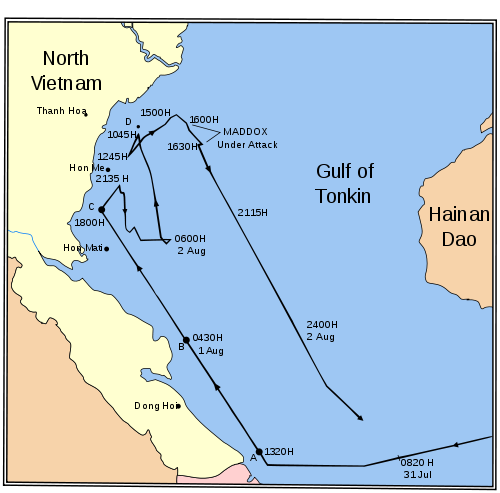
Presumed Problem: North Vietnam escalated the war against the United States at the Gulf of Tonkin.
Beginning in 1950, American military advisors arrived in what was then French Indochina, U.S. involvement escalated in the early 1960s, with troop levels tripling in 1961 and again in 1962. U.S. involvement escalated further following the 1964 Gulf of Tonkin incident, in which a U.S. destroyer clashed with North Vietnamese fast attack craft, which was followed by the Gulf of Tonkin Resolution, which gave the U.S. president authorization to increase U.S. military presence. 1
So the American tentative involvement in the North/South civil war in 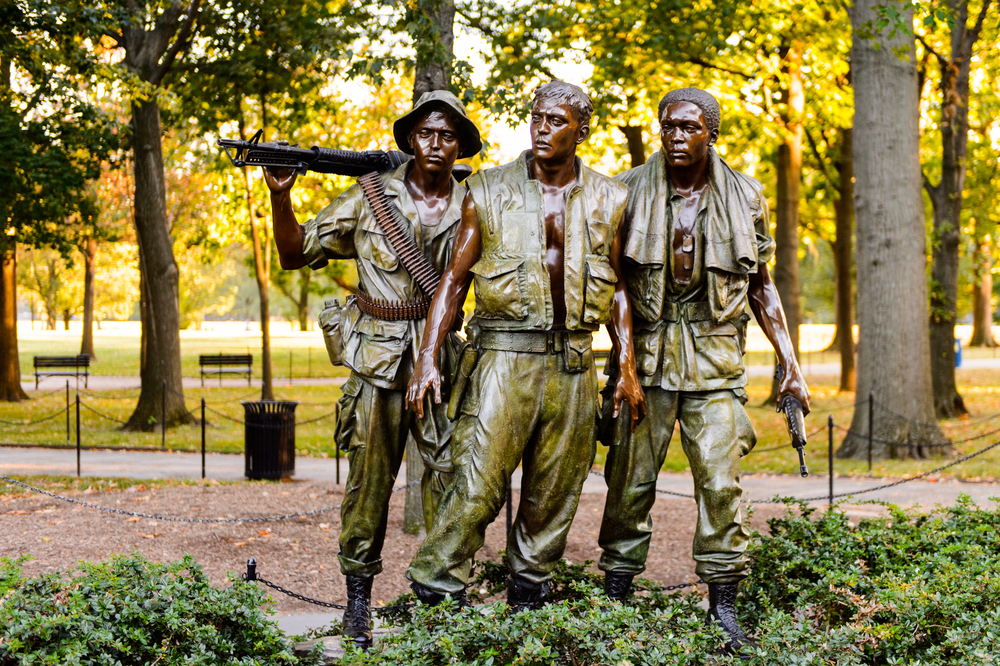 Vietnam was radically changed by the events of August 2, 1964, at the Gulf of Tonkin off the coast of North Vietnam, near the Chinese border. As reported at the time, three North Vietnamese torpedo boats from the 135th Torpedo Squadron attacked American destroyer, USS Maddox. The Maddox was unharmed, but Navy fighters claimed to have damaged the torpedo boats.
Vietnam was radically changed by the events of August 2, 1964, at the Gulf of Tonkin off the coast of North Vietnam, near the Chinese border. As reported at the time, three North Vietnamese torpedo boats from the 135th Torpedo Squadron attacked American destroyer, USS Maddox. The Maddox was unharmed, but Navy fighters claimed to have damaged the torpedo boats.
Two days later, it was reported that North Vietnamese torpedo boats attacked the USS Maddox and the USS Turner Joy. As a consequence of the attacks on American naval vessels, the U. S. Congress passed the Gulf of Tonkin Resolution, which authorized President Johnson “for the use of conventional military force in Southeast Asia.”
In 1964, 23,300 Americans were serving in Vietnam. Following the Gulf of Tonkin Resolution, those numbers increased.
1964: > 23,300
1965: > 184,300
1966: > 385,300
1967: > 485,600
1968: > 536,1002
American casualties in Vietnam increased as well, and there are no dependable figures as to the number of Vietnamese military and civilians killed during the escalated war. By the time the war ended, over 57 thousand Americans had given up their lives.
How does this story rate coverage as a SoluProb: a Solution without a Problem? Declassified NSA documents now provide a detailed view of the two attacks in August, 1964, in the Gulf of Tonkin.3
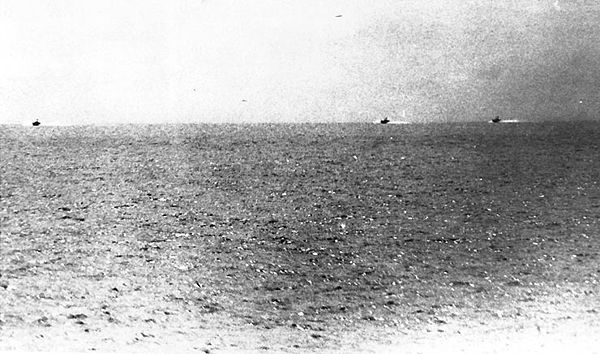
AUGUST 2
A.M. The President is informed that North Vietnamese PT boats have attacked the destroyer USS Maddox in international waters of the Gulf of Tonkin.
P.M. The President consults with his advisors, and decides not to retaliate against North Vietnam. He issues instructions:
(l) to prepare a protest note to be sent to the North Vietnamese regime and (2) to strengthen the Tonkin patrol force and to counter attack and destroy any force attempting to repeat the attacks. 4
Here we see a measured response by President Johnson and his advisors. This changed two days later.
AUGUST 4
9:12 A.M. The President is informed that North Vietnamese PT boats have launched a second attack in the Gulf of Tonkin against the USS Maddox and the USS Turner Joy.
Noon The President meets with the National Security Council
1:00 P.M. The’ President has a luncheon meeting with Rusk, McNamara, McCone, Bundy and Vance. The decision is made to retaliate.
6:15 P.M. The President reviews his decision with the National Security Council. All agree.
6:45 P.M. The President reviews his decision with the Congressional leadership at a White House meeting. All agree. The President indicated that he will ask the Congress for a Joint Resolution on Southeast Asia.5
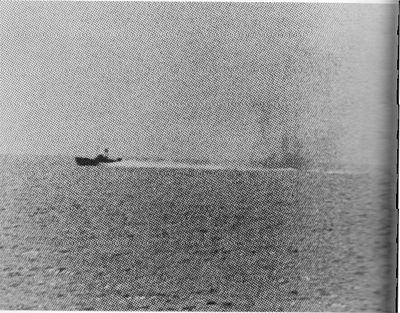
The Congress passed the Joint Resolution on August 7th, and the President signed it on August 10th. Thus the die was cast for what would become the longest war in American history—later surpassed in length by American wars in Afghanistan and Iraq.
Having noted that the Tonkin Resolution was not controversial among the general public, Robert Hanyok continues:
However, within the government, the events of 4 August were never that clear. Even as the last flare fizzled in the dark waters of the South China Sea on that August night, there were conflicting narratives and interpretations of what had happened. James Stockdale, then a navy pilot at the scene, who had “the best seat in the house from which to detect boats,” saw nothing. “No boats,” he would later write, “no boat wakes, no ricochets off boats, no boat impacts, no torpedo wakes – nothing but black sea and American fire- power.” 6
The Maddox and Turner Joy crews had been prepared for trouble on August 4th. Marines at Phu Bai sent a warning of pending attack, naming the North Vietnamese vessels that would be involved. But, as Hanyok reports:
Three hours later, at almost the same moment that the American destroyers opened fire on the approaching radar return, Phu Bai issued another report which stated that the specific boats, which had been identified as being readied for an attack, in reality, were to be towed to Haiphong for repairs.
Over the years, there has evolved a near consensus that the North Vietnamese “attack” was actually sonar blips misidentified as torpedoes, an explanation confirmed by Robert McNamara, Secretary of Defense at the time of the attack. As an alternative explanation, Robert Hanyok quotes President Johnson as saying, ”Hell, those damn, stupid sailors were just shooting at flying fish.”
Thus the escalation of the American war effort in Vietnam was the “solution” to the “problem” of North Vietnam escalating the conflict. Except that escalation had not occurred.
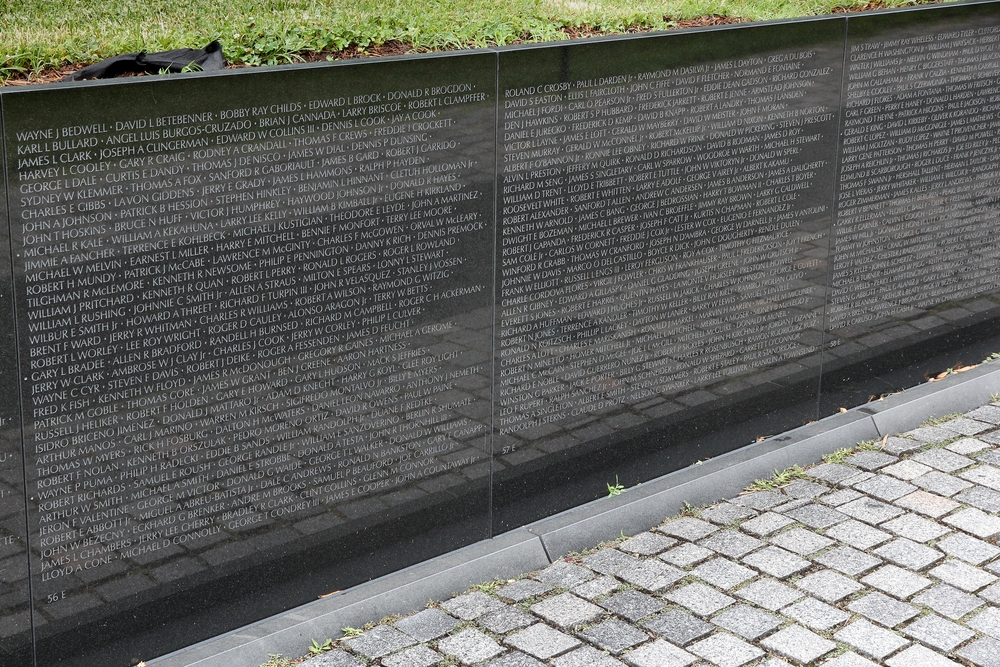
In terms of lives lost, money spent, and America’s international reputation tarnished, this was a very expensive solution without a problem.
––––––––––––––––––––––––––––––––
1 http://www.wikiwand.com/en/Vietnam_War
2 https://www.gilderlehrman.org/history-by-era/seventies/resources/vietnam-war-military-statistics
3 Mr. Marshall Wright and Mr. Sven F. Kraemer, “PRESIDENTIAL DECISIONS
THE GULF OF TONKIN ATTACKS OF AUGUST 1964,” Vietnam Information Group November I, 1968,
4 Ibid
5 Ibid
6 Robert J.Hanyok, “Skunks, Bogies, Silent Hounds, and the Flying Fish: The Gulf of Tonkin Mystery, 2-4 August 1964,” a declassified top secret article from Cryptologic Quarterly, https://www.nsa.gov/news-features/declassified-documents/gulf-of-tonkin/articles/assets/files/release-1/rel1_skunks_bogies.pdf

Thank you for such a concise and thoughtful overview. We might also mention the 3,000,000 Vietnamese casualties of this atrocious undertaking. The war is among the most costly soluprobs propogated in American history, with horrendous consequences that can never be undone. Thanks for the reminder, where, unfortunately this sad episode continues to be swept under the rug.